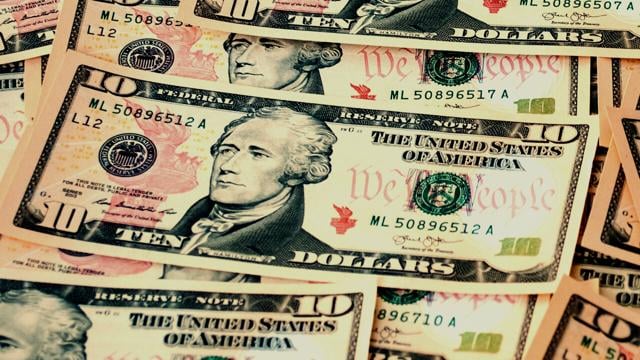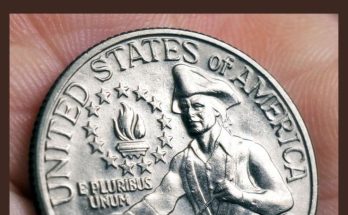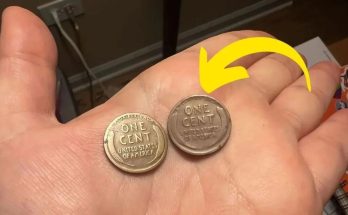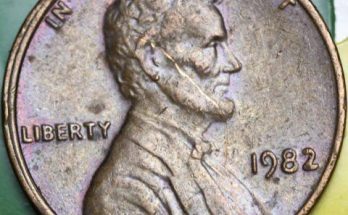(NBC CHICAGO) – While a $10 bill is always good to have, you might want to take a second look at it before using it at the store. That is because some examples might be worth well over $100,000.
Though there are currently around 1.9 billion $10 bills in circulation, according to the U.S. Federal Reserve, some rare examples could be worth more than their intrinsic value.
According to The American Numismatic Association, a bill might be worth more than its sticker value especially if they have rare misprints, unique serial numbers, or even errors.
How to check if your $10 bill may be worth thousands?
According to WealthyNickel.com, one of the best ways to find out if your $1o bill is a real treasure is to locate the series date, which is found near the picture of Alexander Hamilton.
For $10 bills, notes with a star (*) indicate that they are replacement bills and tend to sell for more due to their rarity.
Similarly, if the serial number is the same if you read it backward, commonly referred to as “Palindromes,” these are also sought after by collectors. Repeated digits in the serial number and early serial numbers of a printed year such as “1” or “4” are also sought after.
Here are some rare examples:
- “Gold certificate” $10 bills: These bills are typically very easy to spot. They feature a red or gold seal and gold/ yellowish serial number. These tend to sell for $75 up to $250.
- “Brown seal” $10 bills: According to Old Money Prices, these notes are distinguished by their brown seal. These could sell for as little as $50 or up to $30,000 depending on condition and rarity.
- $10 Yellow Seal North Africa notes: These bills were carried by Army G.I. when the U.S. landed in North Africa during WWII. The bills feature an Alexander Hamilton portrait on the face, a yellow seal and blue serial numbers.
Here are some of the most expensive $10 bills ever sold:
1861’s $10 demand bill
The first $10 paper bills in the U.S. were introduced in 1861. The bills featured President Abraham Lincoln’s portrait along with some intricate engravings and geometric lathe patterns. At the time, the bills were “immediately redeemable” in gold or silver at seven specific banks around the nation.
This particular example (ref. Fr. 7a) is one of only a few known that features the serial number “1,” meaning it’s one of the first ever issued. it sold for a whopping $381,875 at auction in 2014.
1878’s triple signature $10 silver certificate
This example (ref. Fr. 284) from 1878 is only one of four currently known to exist. According to Heritage Auctions, two other examples sold for almost $40,000 in 2013 and $240,000 in 2018. Most recently, one sold for $312,000 in 2023.
1880’s legal tender $10
This 1880 $10 bill (ref. Fr. 109) shows little signs of wear and is only one of two known examples. Most recently, one sold for $184,000 in 2006 and the other for $74,800 in 1999.
1915’s $10 Federal Reserve bank note
With only 29 examples currently known, the 1915 $10 Federal Reserve note (ref.Fr. 817b) is extremely rare. Some are currently listed for sale for $7,000.00 but if well kept, these could easily rocket to over $126,000.



